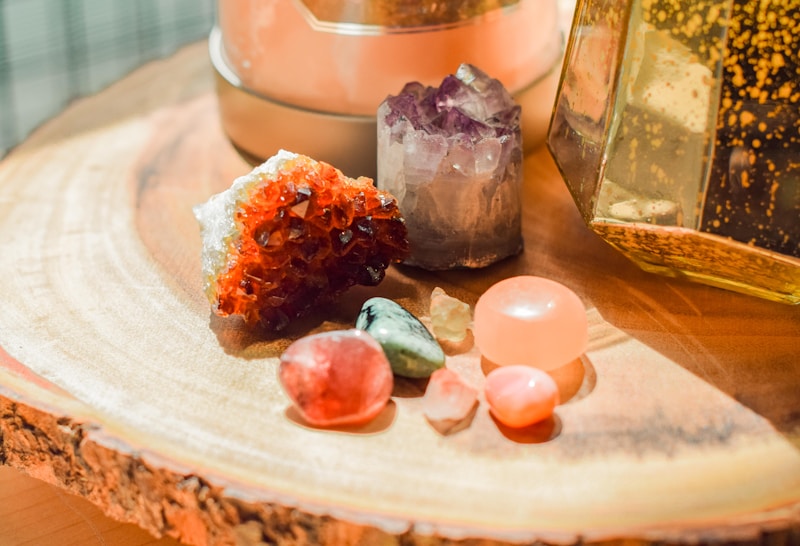Exploring the Fascinating World of Garter Rituals and Customs
Garter rituals and customs have been a part of various cultures for centuries, often embodying deep symbolism and tradition. In this article, we will delve into the intriguing aspects of these rituals, exploring their origins, significance, and variations across cultures. As we journey through this captivating topic, we will also answer some frequently asked questions related to garter traditions, providing comprehensive insights for both enthusiasts and curious readers.
What Are Garter Rituals?
Garter rituals typically involve the ceremonial use of a garter—an article of clothing traditionally worn around the leg. This practice is most commonly associated with weddings, where the bride's garter is removed and often tossed to the single men in attendance, symbolizing luck and the passing on of the bride's good fortune. However, the significance of garters extends beyond just weddings and can be found in various cultural customs around the world.
The Origin of Garter Rituals
The roots of garter rituals date back to ancient times. It is believed that garters were originally worn by both men and women as a practical solution to hold stockings up before the invention of elastic. Over time, these simple garments evolved into symbols of status and virtue. Garter rituals gained prominence during the medieval period, particularly in Europe, where they became associated with royal lineage and chivalric orders.
Different Types of Garter Customs
Globally, garter rituals exhibit remarkable diversity. Below are some notable customs from various cultures:
| Culture | Garter Custom |
| Western Weddings | The garter toss, where the groom removes the garter and tosses it to his single friends. |
| Scottish Traditions | The bride often wears a blue garter as a symbol of fidelity. |
| Spanish Matrimony | A garter is tied around the bride's leg as a pledge of fidelity. |
| Medieval Europe | Knights wore garters as a sign of their loyalty to their lady loves. |
Modern Interpretations of Garter Rituals
In contemporary society, the allure of garter rituals has not waned. Many brides choose to incorporate this tradition into their wedding festivities for its playful nature and symbolic meaning. It's not uncommon to find couples participating in garter-related games during their receptions, adding a touch of fun for their guests. These modern adaptations may vary widely based on regional and personal preferences, often infused with humor and creativity.
The Symbolism Behind Garter Traditions
Garters represent several themes across different cultures. They often embody love, fidelity, and the transition from singlehood to married life. The act of removing and tossing the garter can symbolize the passing of good luck, prosperity, and fertility to the next generation. For some, it can also signify the jovial side of marriage in contrast to its solemn nature. This duality is a key aspect of why garter customs remain so popular today.

Frequently Asked Questions (FAQs)
1. What is the historical significance of the garter?
The garter has historical significance dating back to medieval times when it was a symbol of rank and loyalty. It was often associated with knights and their lady loves, acting as a testament to devotion and honor.
2. Why do brides wearing garters toss them?
The tossing of the garter is a tradition rooted in the belief that the man who catches it will be the next to marry. It adds an element of fun and celebration to the wedding reception.
3. Are garter rituals common in all cultures?
No, while garter rituals are widely recognized in Western weddings, they may not be as prominent or may take different forms in other cultures. Each culture has its own unique practices surrounding marriage and celebration.
4. Can the garter be personalized?
Yes, many brides opt for personalized garters, incorporating colors, embellishments, and even embroidery with names or dates, making them a special keepsake.
5. Are there alternatives to the garter toss?
Some couples choose alternative traditions, such as a bouquet toss, or even decide to skip these customs altogether in favor of more personal rituals that reflect their unique relationship.
Conclusion: Embracing Garter Rituals and Customs
Garter rituals and customs continue to capture the imagination of many, symbolizing a blend of historical significance, personal expression, and celebratory joy. Whether it involves tossing a garter at a wedding reception or donning an heirloom piece with family history, these traditions are an integral part of many cultures’ marriage ceremonies. For those planning a wedding, considering how garter customs fit into the event can provide a unique touch, ensuring that the occasion is memorable and meaningful. Always remember to embrace what resonates with your personal journey, as each tradition has room for creativity and individual expression.
When exploring garter rituals, take into account the historical background, regional variations, and modern interpretations to enrich your understanding. Whether you’re a bride-to-be or simply intrigued by cultural practices, the world of garter rituals offers a treasure trove of insights worth discovering.